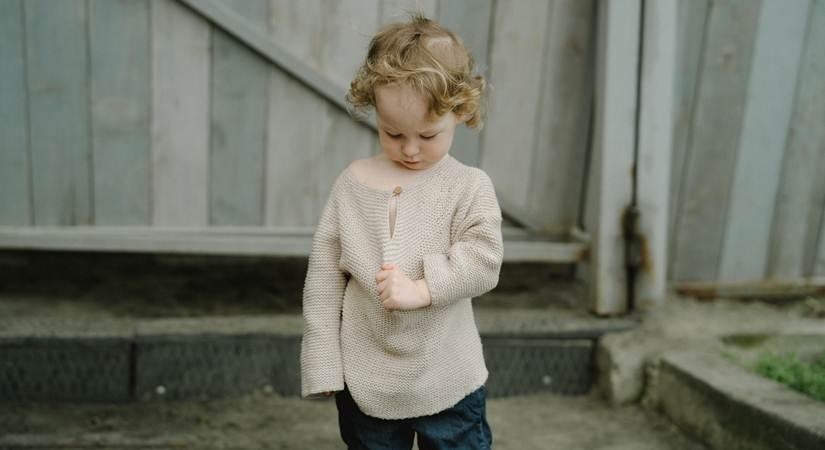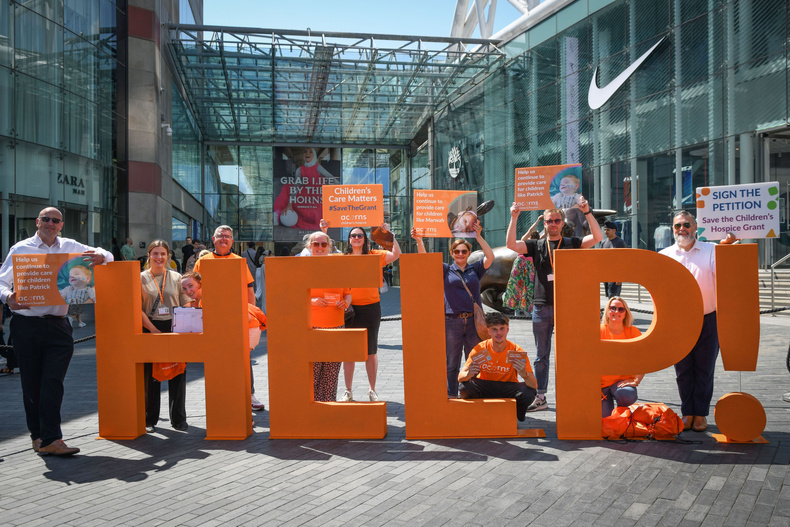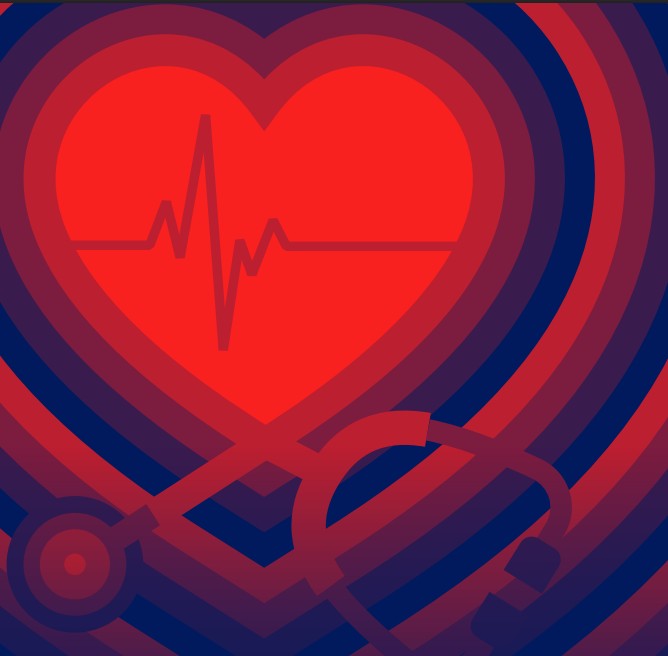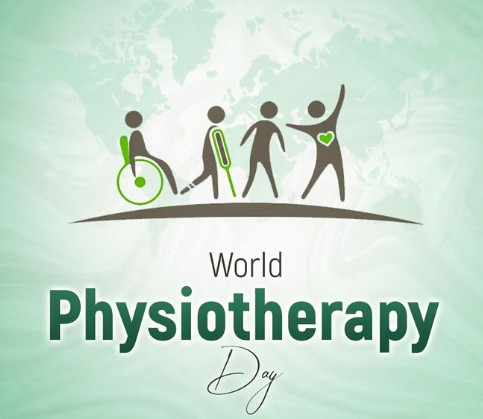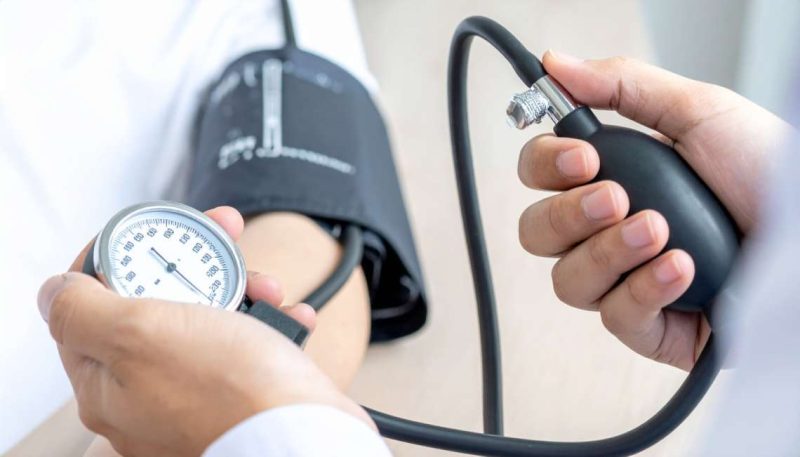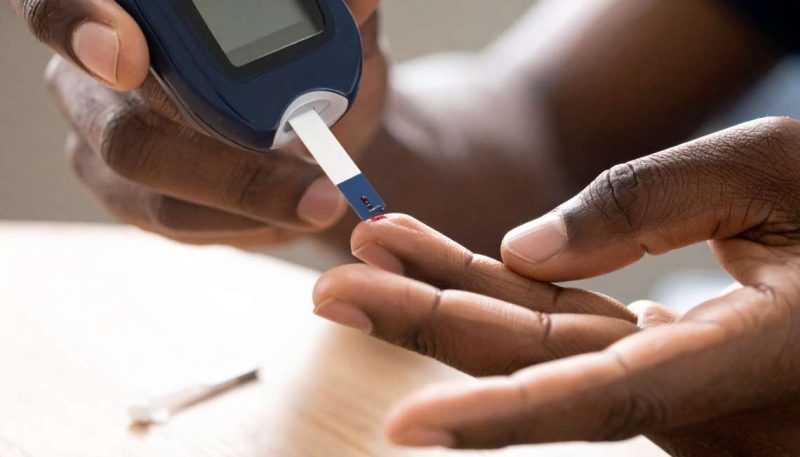The symptoms of glaucoma depend on the type and stage of the individual’s condition. Glaucoma can affect one eye or both…reports Asian Lite News
Due to the lack of symptoms and the fact that once eyesight is lost, it cannot be recovered, glaucoma is often known as the “silent thief of sight.” It is one of the main factors causing permanent blindness. The buildup of fluid in the eye, known as aqueous humour, which raises intraocular pressure, is what causes glaucoma (IOP). Loss of eyesight results from optic nerve injury brought on by high IOP. Let’s investigate the causes and prevention of glaucoma in greater detail this Glaucoma Awareness Month so that everyone can have healthy vision.
Glaucoma can affect newborns and children, despite being more frequent in adults. Infantile glaucoma develops during the first three years of life, whereas congenital glaucoma manifests at birth. Children may be affected by juvenile glaucoma, a different type of glaucoma. The signs and symptoms of glaucoma in infants and children are often different from those in adults.
Several cases of pediatric glaucoma have no specific identifiable cause and are considered primary glaucoma. The most common cause of childhood glaucoma is inadvertent use of steroidal eye drops for various allergic diseases of the eye. These eye drops can cause blinding glaucoma. Thus, it is vital to consult an eye specialist even for the slightest ailment of the eye as a child’s eyes are very sensitive. When glaucoma is caused by or associated with a specific condition or disease, it is called secondary glaucoma. Examples of conditions which can be associated with childhood glaucoma include Axenfeld-Rieger Syndrome, Aniridia, Sturge-Weber Syndrome, neurofibromatosis, chronic steroid use, trauma, or previous eye surgery such as childhood cataract removal. Not all patients with these conditions will develop glaucoma, but their incidence of glaucoma is much higher than average, and they should be monitored regularly.
Symptoms of Glaucoma in Children
The symptoms of glaucoma depend on the type and stage of the individual’s condition. Glaucoma can affect one eye or both.
The most common symptoms of congenital/infantile glaucoma are excessive watering of eyes, light sensitivity, and a large cloudy cornea which can cause the iris to appear dull. On the other hand, juvenile glaucoma tends to develop without any obvious symptoms, like adult glaucoma. Patients with juvenile glaucoma often tend to have a family history. On exam, the eye pressure will typically be elevated and there may be signs of optic nerve cupping. If the eye pressure increases rapidly, there may be pain and discomfort.
Some people may have non-specific symptoms like headache, watering eyes, or seeing a colored halo, which resemble other eye problems or medical conditions. Parents and caregivers should look for these symptoms and get an early consultation with an ophthalmologist.
Risk Factors and Prevention
There are ways to prevent vision loss and blindness from glaucoma. Here’s how:
The best way to protect one’s sight from glaucoma is to get regular comprehensive eye examinations. Many forms of glaucoma have no warning signs. If a child is at risk for glaucoma, it is critical to go for regular eye exams every year that include measuring intraocular pressure. This will help in early detection. It is equally important to take your glaucoma medications as prescribed by your doctor.
A healthy diet plays a role in staving off a host of chronic diseases, and glaucoma is no exception.
Eye injuries can lead to glaucoma. It is recommended to wear protective eyewear while participating in sports or as and when required.
Intense exercise that raises the heart rate can also raise the ocular pressure. But regular walking and exercising at a moderate pace can lower eye pressure and improve overall health.
If you have glaucoma or are at high risk of the disease, don’t place your head below your heart for long periods of time. Head-down positions can significantly raise the ocular pressure. It is also important to sleep in the right position. Avoid sleeping with your eye against the pillow or on your arm.
Treatments for Glaucoma
Glaucoma treatment options include medication, surgery, or both. For infants and young children, surgery is often the first treatment to avoid long-term vision issues. The goal of surgery is to repair the drainage issue so fluid drains normally from the eye. There are different types of surgical options available. The ophthalmologist decides the best surgery suitable for the patient based on several factors including the underlying nature of the disease. Various surgical options are available nowadays including trabeculotomy and goniotomy with the highest success rates. Other procedures are trabeculectomy, combined trabeculotomy, and trabeculectomy and glaucoma drainage devices to name a few. Earlier the surgery is performed, better is the outcome.

Cyclophotocoagulation is the last resort for a blind, painful eye that is unresponsive to other treatments. This type of surgery is performed in severe cases of childhood glaucoma.
Specific treatment for glaucoma will be determined by the ophthalmologist based on the child’s age, overall health, and medical history, the extent of the disease, tolerance for specific medications, procedures, or therapies, and other factors. Children diagnosed with pediatric glaucoma have a higher risk of developing other eye issues as they get older. Therefore, early diagnosis and treatment, combined with careful monitoring, are crucial for long-term eye health. The good news is that early detection can prevent severe damage and save eyesight. New advancements in glaucoma care continue to bring researchers closer to mitigating the disease.
(Inputs contributed by Dr. Suneeta Dubey, Head of Glaucoma Services, Dr. Shroff’s Charity Eye Hospital, and Dr. Vidya Chelerkar, Head of Glaucoma Department, PBMA’s HV Desai Eye Hospital Orbis Partner Hospitals)
ALSO READ-Lankan kids in grip of malnutrition


